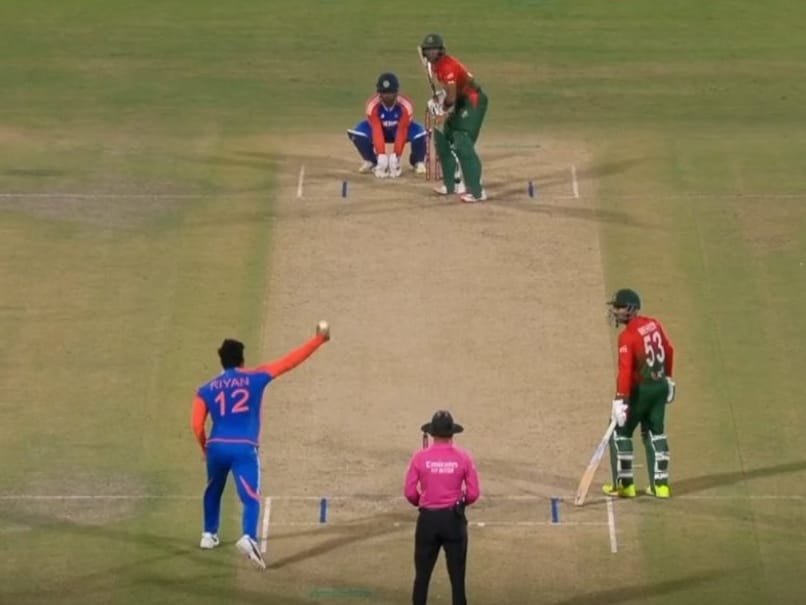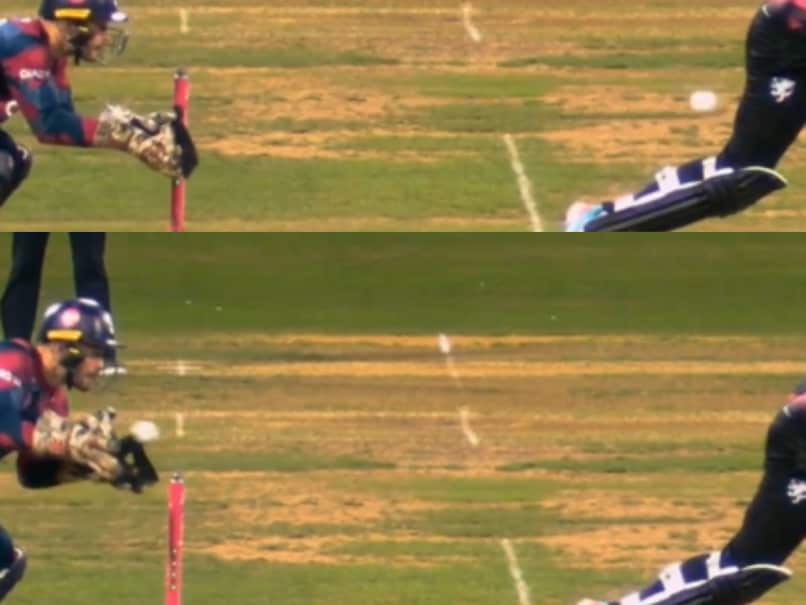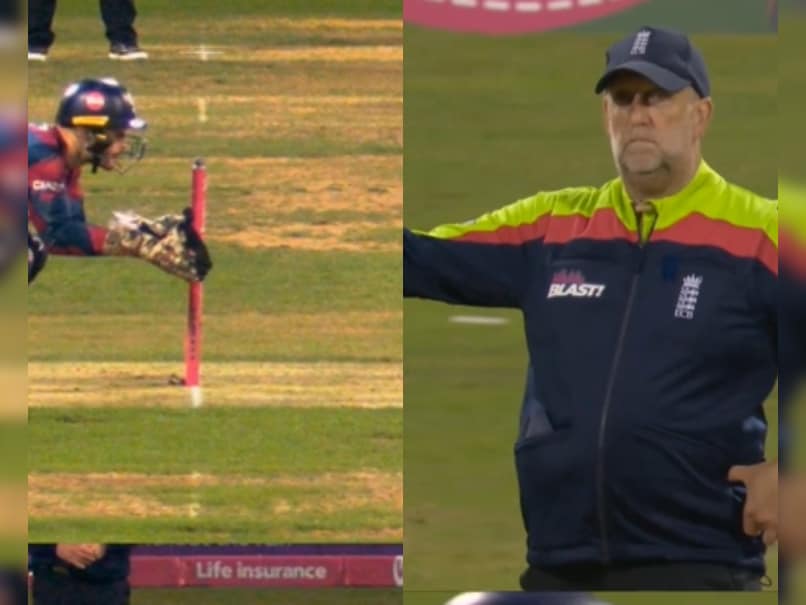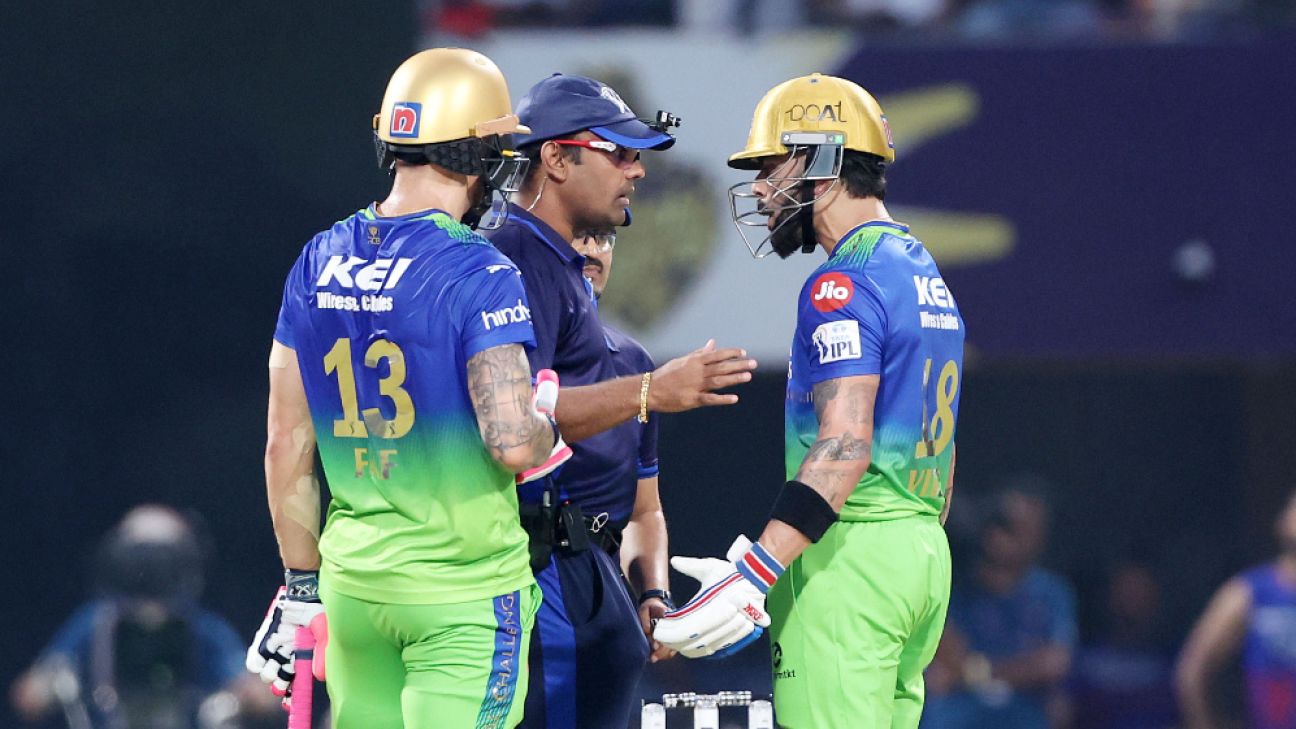Riyan Parag’s Bizarre No-Ball: A Unique Moment in T20I Cricket
Riyan Parag’s Bizarre No-Ball: A Rare Occurrence in T20I Cricket
In the second T20I between India and Bangladesh, a peculiar incident occurred when Riyan Parag’s delivery was called a no-ball for an unusual reason. During the 11th over of Bangladesh’s innings, Parag attempted to surprise the batters with a bizarre sling action, reminiscent of former India batter Kedar Jadhav’s wide action. However, the tactic backfired as Parag’s back foot stepped outside the pitch tramlines, resulting in a no-ball.
According to Law 21.5 of the cricket rules set by the Marylebone Cricket Club (MCC), the bowler’s back foot must land within the return crease and not touch the tramlines. Parag’s foot not only landed outside the tramline but also outside the pitch altogether, prompting the umpire to signal a no-ball.
Despite the setback, Parag quickly recovered and returned to his normal action on the free hit, preventing Mahmudullah from scoring any additional runs. Two balls later, he dismissed Mehidy Hasan Miraz with a catch in the deep.
Parag also made a valuable contribution to India’s batting innings, scoring 15 runs off just six balls, including two sixes. His cameo helped India reach a formidable total of 221 in 20 overs, putting pressure on the Bangladesh bowlers.





